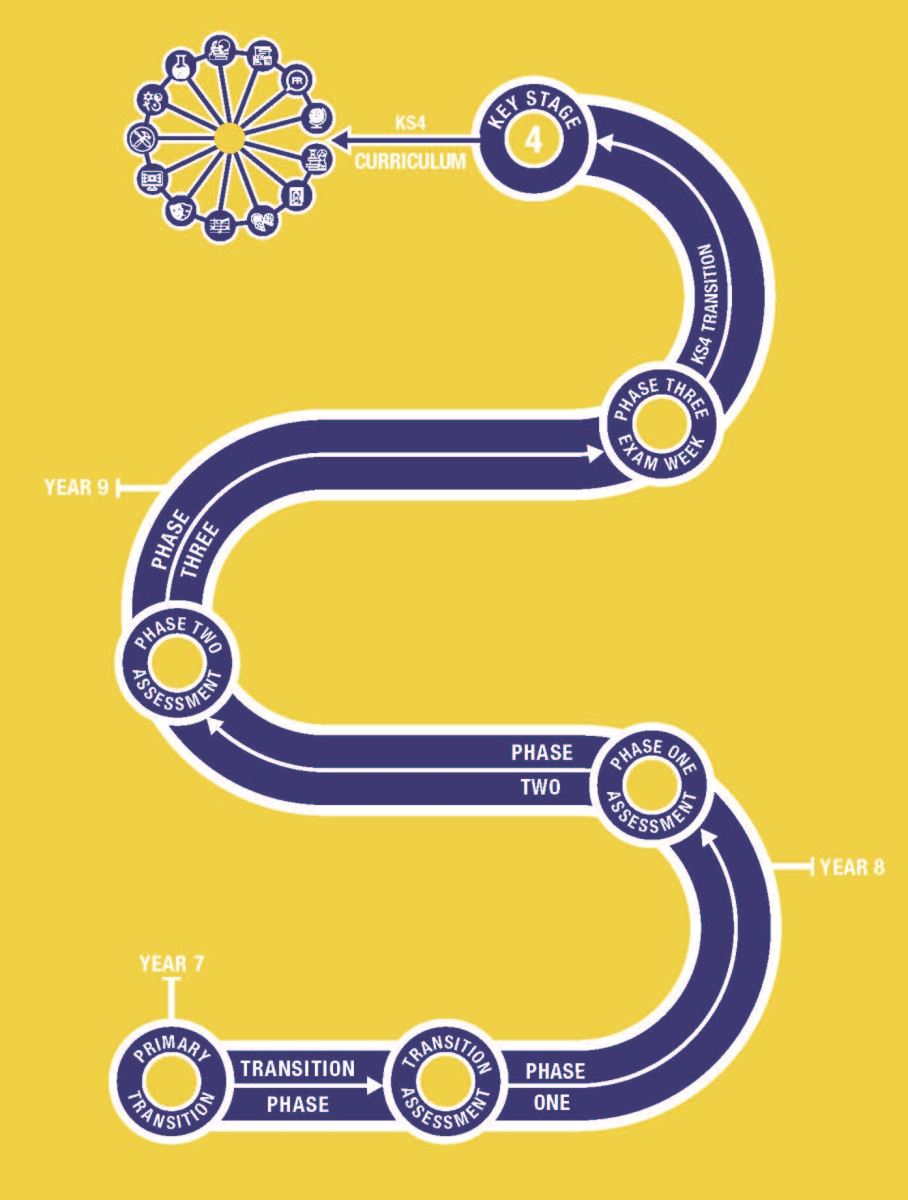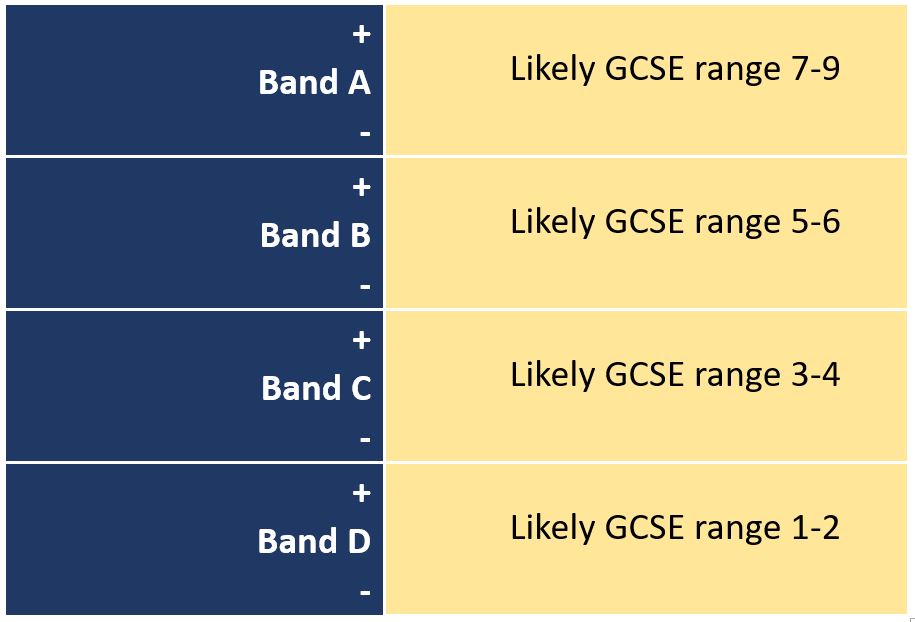Year 7-9 Curriculum Information
Key Stage 3 Curriculum (Curriculum 2020)
At Tarporley the curriculum for Year 7 to Year 9 (Key Stage 3) is organised in phases to sequence the curriculum. There are 5 phases starting with a short Year 7 Transition Phase and ending in Key Stage 4 (GCSE) Transition Phase.
The diagram below shows how the phases span the three years of Key Stage 3. Each phase has been carefully designed by subject areas so that key subject content is built up over time within an effective sequence that best supports your child’s learning and progress.
The diagram below shows how the phases span the three years of Key Stage 3. Each phase has been carefully designed by subject areas so that key subject content is built up over time within an effective sequence, that best supports your child’s learning and progress.

Principles of Curriculum 2020
When we began the process of redesigning the curriculum we worked together as a school to agree the key principles that are the foundations of the curriculum in all subjects:
-
Founded on rigour and scholarship, the curriculum will promote depth and challenge, and is designed so that all students will be able to access it.
-
A design founded upon a carefully thought-out sequence and connections with a clear overview of the core knowledge and concepts.
-
There is a shared understanding of the entire KS3 Curriculum in each subject.
-
Knowledge should empower cultural capital and social mobility, balancing historical and contemporary references so that all students have a rich and diverse experience of each subject in KS3.
-
The language of knowledge will be central and achieved through subject specific vocabulary where the meanings and origins of key words are understood.
-
Subject knowledge is the vehicle to develop skills.
-
Assessment is an intrinsic part of the curriculum design and structure.
Subject Information
A summary of the whole curriculum can be downloaded using the link below:
Curriculum 2020 Overview PDF
Assessment
Assessment Grades
We have split grades into four bands based on the letters A-D and these bands are linked to current standards that would lead to a likely grade at GCSE. For example, a student assessed in band B in year 9 are working at a standard that if they maintained the expected rate of progress, they are likely to achieve a grade 5 or 6 in their GCSE.
To help students and parents understand where they are in a band, there are three sub-bands e.g. C+, C and C-. These sub-bands will be reported in assessments and used in the classroom to break down the steps a student need to take to improve their work. Students have been told about these changes in school and are using the new grades in lessons.

End of Phase Assessment
Our Curriculum has been designed so that the content and skills studied during each phase is revised and consolidated at the end of each phase. Before students move onto the next stage of the Curriculum, these End of Phase Assessments are highlighted on the diagram below.

Key Stage 3 Targets
Targets are predictions of the most likely GCSE grade following progress rates of previous cohorts from Key Stage 2 test scores* to GCSE. Targets are only an indicator of likely grades as they are worked out by looking at progress of previous similar students from CAT to GCSE. However, on an individual basis, there will always be students who can exceed these averages rates of progress and perform above the indicated grade/band.
*In years where there are no Key Stage 2 Scores due to Covid-19 we have used CAT Scores.